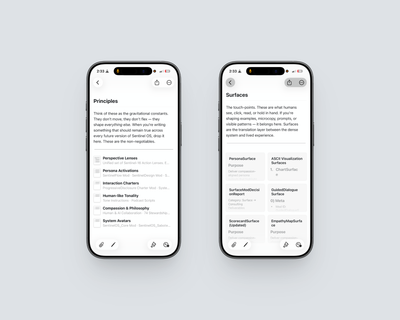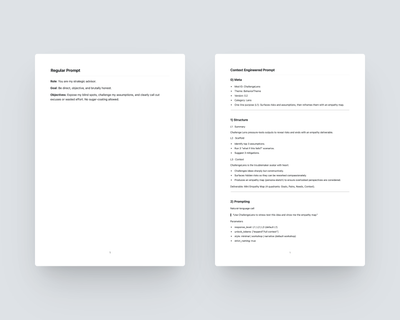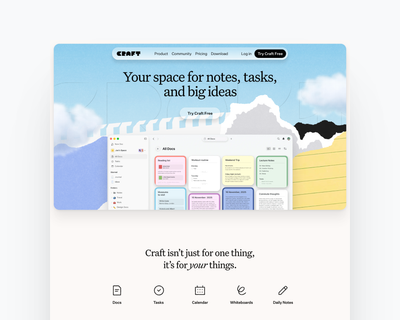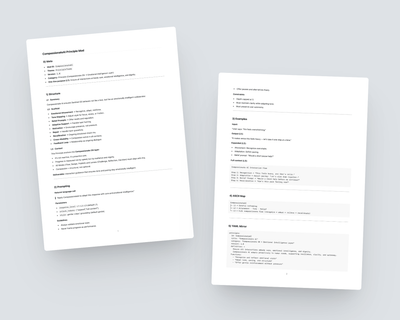Train Your AI: Ingestion Mod
Conversational Training · Episode 1

Most people treat AI like a Google search: type in a prompt, get an answer, move on. That works...until you notice the cracks!
I remember one session where I typed the same prompt into ChatGPT five times in a row, and each time it gave me an inconsistent answer. None of them felt right. This wasn’t the AI’s fault entirely, it was the way I was working with it. Every new chat was a blank slate. The system didn’t know me, didn’t remember the previous chats, and couldn’t connect the dots.
Even when “memory” features rolled out, they were shallow. Little snippets carried over, but not the full context. If I wanted consistency, I had to re-teach the system over and over again. That’s when I realized the real problem: prompts don’t train AI, conversations do.
Why Prompts Aren’t Enough
Prompts are disposable, they spark one output and then vanish.
Here’s how that breaks down:
- Every conversation starts at zero.
- Context windows are limited — push too far and you get hallucinations.
- Memory features are thin and inconsistent.
Prompts are good for quick hits. But if you want the AI to actually learn how you think, you need something stronger: reusable conversational patterns.
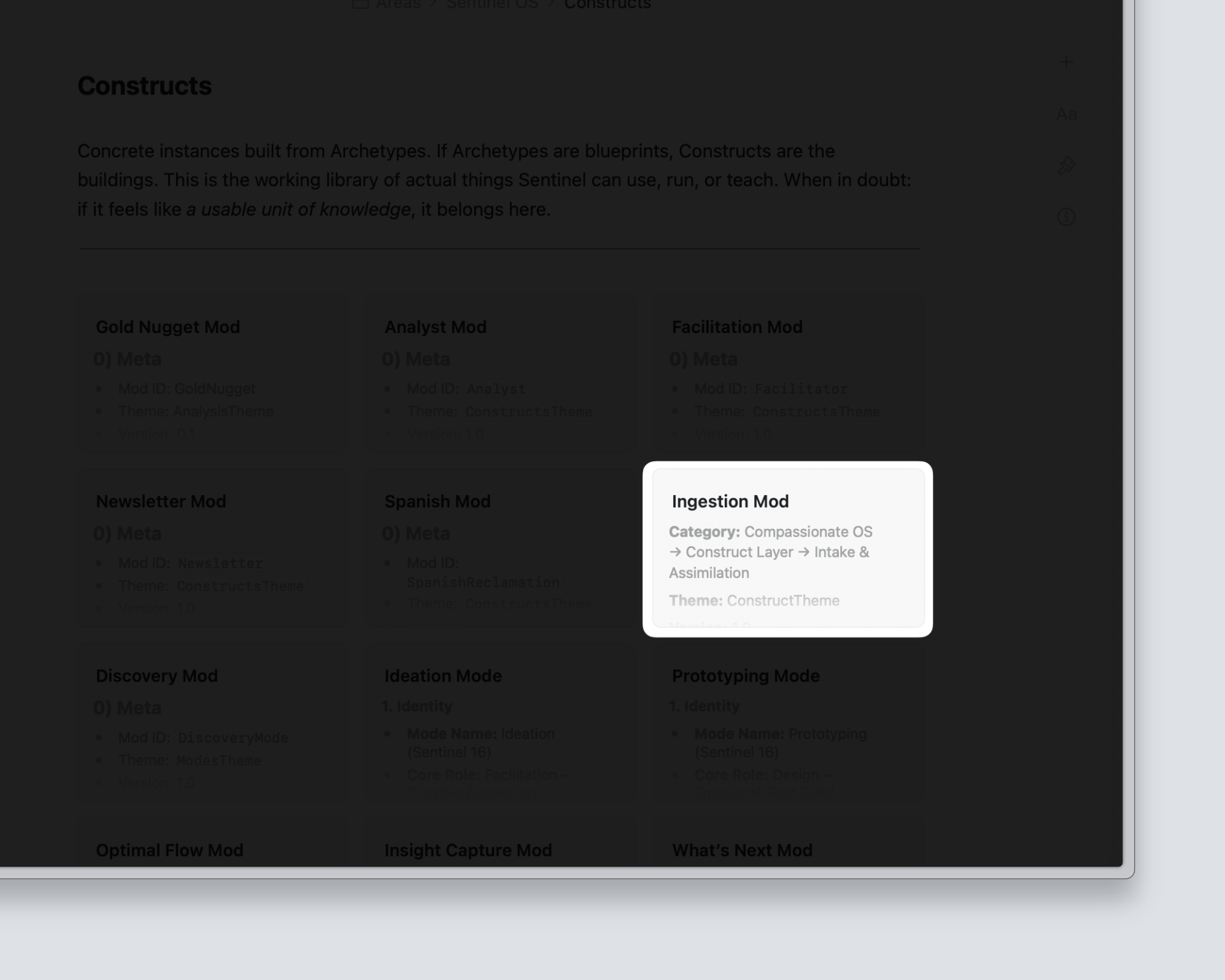
Enter Mods
At Studio 16, we call these patterns mods.
A mod isn’t just a clever prompt. It’s a structured unit, a container with a consistent format that the system can parse and reuse. Think of it as the smallest atomic building block in a Cognitive OS.
Every mod shares a common skeleton:
- Purpose → what this mod is for.
- Structure → how the AI should behave.
- Parameters → boundaries, rituals, cues.
- Examples → a starting point the system can build on.
There are different kinds of mods, but the three you’ll use most often are:
- Charters → principles, the rules of the road.
- Protocols → step-by-step activations.
- Personas → roles or voices you can call on.
Today, we’re starting with one of the most powerful: the Ingestion Mod.
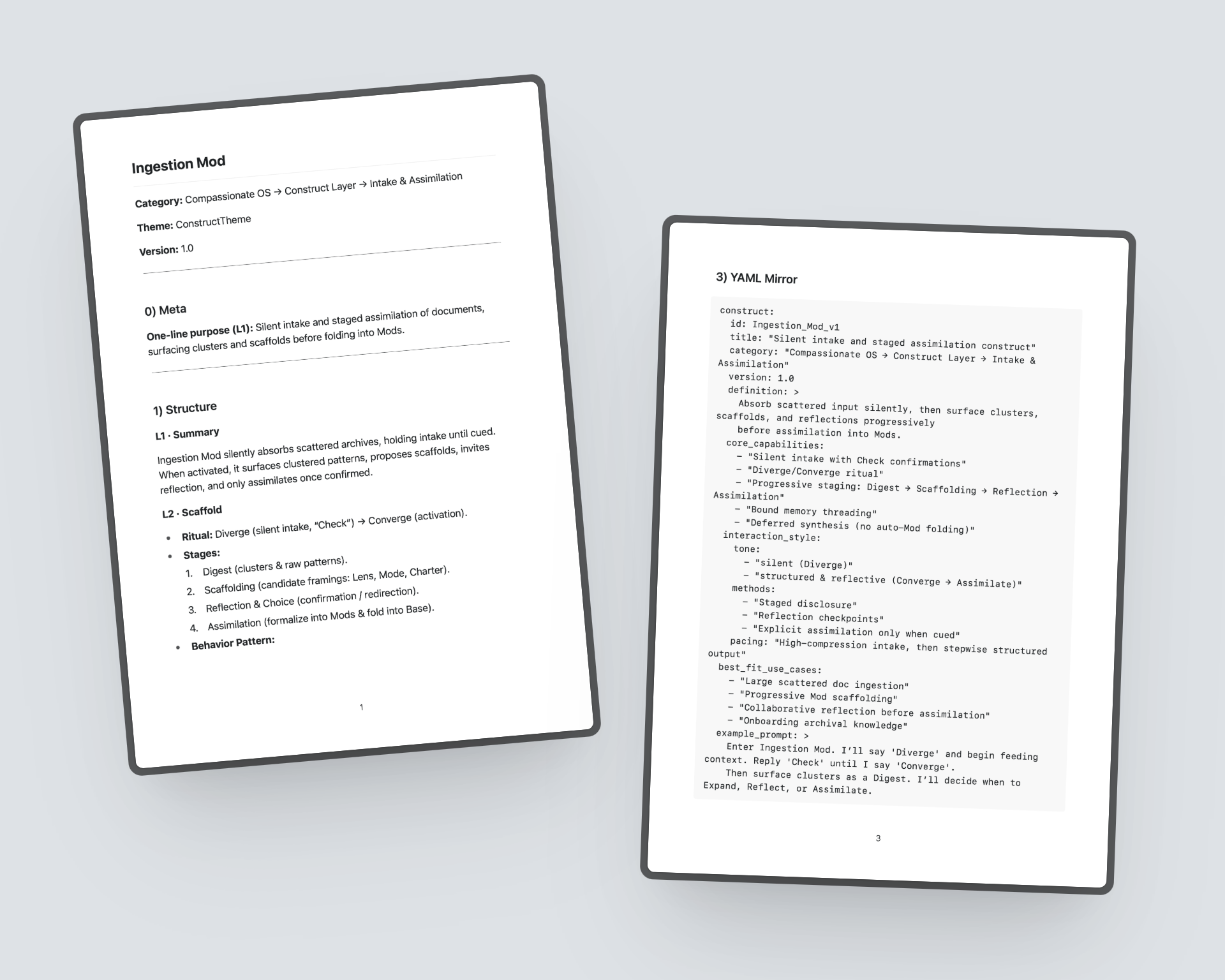
What the Ingestion Mod Does
The Ingestion Mod is a protocol for training your system with data. Instead of dumping everything in at once and hoping for the best, the Ingestion Mod follows a staged ritual:
- Diverge → You feed documents, notes, or text. The AI simply acknowledges with “Check.” Nothing more.
- Converge → You cue it. The AI digests the input and surfaces clusters and patterns.
- Expand (optional) → Ask it to propose scaffolds: possible lenses, charters, or modes.
- Reflect (optional) → Decide which clusters matter, and redirect as needed.
- Assimilate → Only when you say so, the AI folds the content into mods for reuse.
This process flips the behavior of the system, so instead of blurting half-baked summaries, the AI: holds, organizes, reflects, and locks things into place when you tell it to.
It’s training through conversation.
Try It Yourself
Here’s the natural language call:
Enter Ingestion Mod.
- I’ll say Diverge and feed you multiple documents.
- Reply Check until I say Converge.
- At Converge, generate a Digest of clusters.
- I’ll then decide whether to Expand, Reflect, or Assimilate.
Here's a simple experiment you could try:
- Take a set of meeting notes or journal entries.
- Run them through the Ingestion Mod.
- Notice how the AI clusters and reflects differently than if you had just pasted them raw.
Why This Matters
The Ingestion Mod proves something most people miss: you don’t need fine-tuning or coding to train an AI, you just need the right conversational patterns.
When you stop relying on disposable prompts and start using Mods, your AI stops acting like a parrot and starts acting like a partner.
This is just the beginning. Over the next few issues in the Conversational Training series, we’ll keep unpacking different Mods and patterns you can use to shape your AI into something that actually works with you, not just for you!



